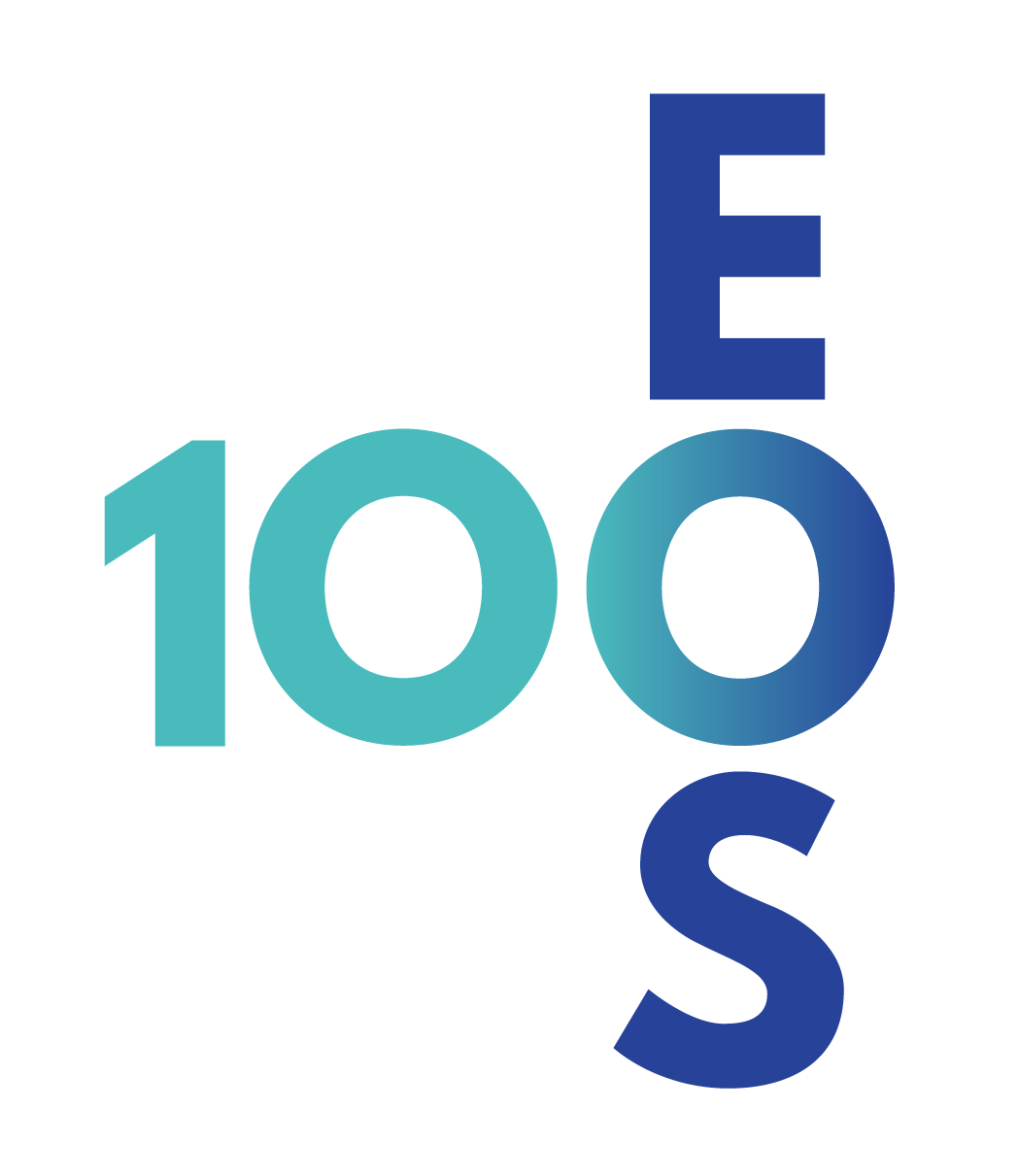)
Dawei Liu
Revisiting the Concept of Enhancing Orthodontic Treatment
Aims and objectives
Aim:
To review current knowledge and biological approaches for enhancing orthodontic treatment, focusing on reducing treatment time and preventing relapse.
Objectives:
- To address two primary challenges in orthodontics: prolonged treatment time and relapse during retention after active treatment.
- To explore the biomechanical and biological foundations of orthodontic tooth movement (OTM) and retention.
- To discuss advancements in mechanical systems that optimize tooth movement and retention.
- To examine biological interventions at the tissue, cellular, and molecular levels to enhance treatment outcomes.
- To evaluate surgical and non-invasive techniques for accelerating tooth movement and improving retention.
Learning outcomes
By the end of the presentation, participants will be able to:
- Understand the consequences of extended orthodontic treatment, including root resorption and white spot lesions, and how this impact treatment quality.
- Identify key factors involved in orthodontic tooth movement and retention and how these processes affect treatment duration and stability.
- Compare and contrast various mechanical advancements such as low friction brackets, self-ligation systems, and temporary anchorage devices for optimizing orthodontic treatment.
- Evaluate the biological approaches, including biomolecular and gene-based therapies, aimed at influencing OTM and retention, along with their potential clinical applications.
- Assess the effectiveness, advantages, and limitations of both invasive (PAOO, piezocision) and non-invasive (laser, LED, mechanical vibration) methods for enhancing orthodontic tooth movement and retention.
Speaker biography
Dr. Liu earned his DDS and MS degrees in Orthodontics from China Medical University in 1990 and 1992, followed by a PhD in Bone Biology from Peking University in 1997. He then joined the Department of Orthodontics at the Royal Dental College in Denmark and Indiana University School of Dentistry in the US as a clinical assistant professor. In 2009, he completed his orthodontic residency at Marquette University and advanced to assistant, associate and full professor, serving as program director since 2015.
Dr. Liu is a Diplomate of the American Board of Orthodontics (ABO), an ABO board examiner, and a member of the Edward H. Angle Society. He is also active in professional organizations such as the Charles H. Tweed Foundation, IADR/AADOCR, AAO, MSO, WSO, and ADEA. He serves on the editorial board of AJODO, reviews for numerous journals, and is a site visitor for Commission on Dental Accreditation (CODA).
Dr. Liu’s research focuses on orthodontic tooth movement, bone biology, and clinical outcomes. Dr. Liu has received NIH/NIDCR funding for his work on mechanical vibration to enhance orthodontic tooth movement and retention. He has published widely and presented his research both nationally and internationally.

